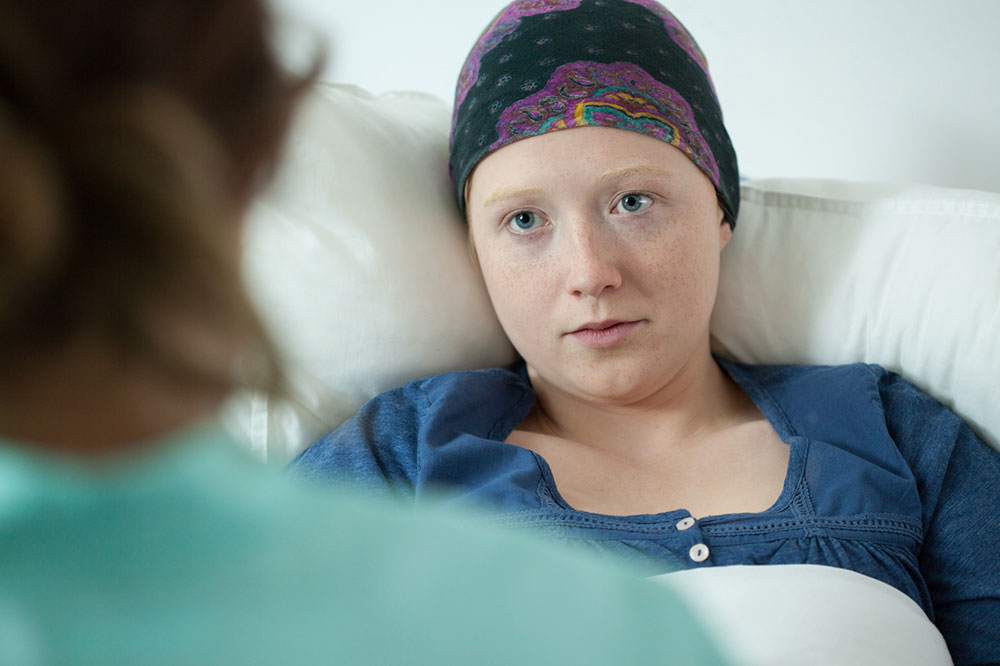
4 Common Types of Leukemia
Cancer is a common disease. 1 in 16 Americans suffer from one of the many types of cancer. Cancer refers to the uncontrolled growth of cells due to some genetic mutation or environmental factors like radiation.
Leukemia is the cancer of the blood cells, more specifically, white blood cells (WBCs). WBCs are produced in bone marrow but circulate throughout the body through blood or lymph. It is a vital part of the immune system. When a person has Leukemia, their WBCs do not function normally, causing diminished immune response and crowding of normal cells due to uncontrolled cell division. There are four types of Leukemia.
1. Acute Myelogenous Leukemia
Acute Myelogenous Leukemia (AML) is a widespread type of Leukemia. It can occur in both children and adults. Acute forms of leukemia have a rapid onset, that is, cancer cells multiply quickly. AML starts when bone marrow begins to divide and form blasts, the precursors of blood cells. It means the blasts do not mature into WBCs, or they develop abnormally. The swiftly multiplying abnormal WBCs throng the blood vessels, creating problems for the red blood cells and platelets. Symptoms of acute myelogenous leukemia include frequent infections due to impairment of the immune system, anemia, and easy bleeding caused by a reduced number of RBCs and platelets, respectively, and joint and bone pain. This type of cancer treatment uses chemotherapy, stem cell transplantation, and targeted therapy.
2. Acute Lymphocytic Leukemia
Acute Lymphocytic Leukemia (ALL) is the cancer of the white blood cells that causes its accumulation in the bone marrow. It is common in those below 15 years or those above 45 years. ALL makes rapid progress, quickly flooding the body with dysfunctional leukemia cells. These cells mature differently than normal cells, multiply at a much higher rate, and spread to other organs as well. It is more associated with B cells than T cells, thus affecting the humoral immune system. It has symptoms similar to flu, as the immune system responsible for preventing infections is affected. Look out for fever, weakness, pale skin, vomiting, aches, and pains, along with bleeding through the nose and gums, swollen lymph nodes, weight loss, and easy bruising. A combination of chemotherapy, immunotherapy, and radiation therapy is the typical course of treatment prescribed by oncologists.
3. Chronic Myelogenous Leukemia
Chronic Myelogenous Leukemia (CML) is typical in adults. It is a chronic form of blood cancer. It implies that the disease has a slow onset and early symptoms are mild and usually not noticed. It initially affects the bone marrow and later spreads to the blood. In severe cases, it can metastasize to other parts of the body as well. Though CML has a slow onset, there is always a chance of cancer changing into its acute form. CML is associated with an abnormal chromosome called the Ph chromosome. When a piece of the 22nd and 9th chromosomes break off and exchange places, a Ph chromosome is formed. The BCR and ABL genes are affected, creating a cancer gene. Symptoms of Chronic Myelogenous Leukemia include weight loss, night sweats, pale skin, and easy bleeding. Treatment involves radiation and chemotherapy.
4. Chronic Lymphocytic Leukemia
Chronic Lymphocytic Leukemia (CLL) is a common type of leukemia in those above 55 years of age. It is slow-growing cancer. Like CML, it starts in the marrow and spreads to the blood. But it deviates from CML and attacks organs like lymph nodes, the liver, and the spleen. It gives rise to abnormal lymphocytes, which cause crowding and weakens immunity. CLL, however, takes a long time to progress, unlike its acute counterpart. Symptoms include anemia, leukopenia, swollen lymph nodes, and enlarged liver or spleen. Like the other common types of leukemia, the treatment for chronic lymphocytic leukemia is with a combination of immune-therapy, radiation, and chemotherapy.



